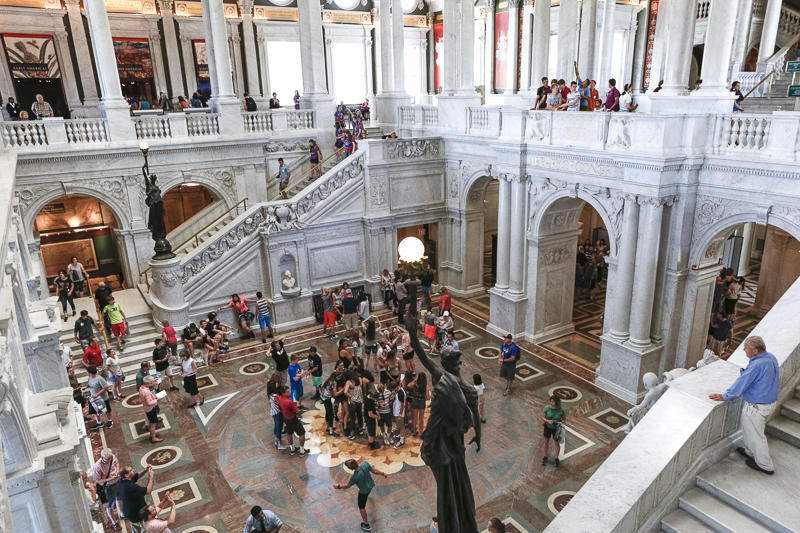The Library of Congress is the largest library in the world and serves as the research library of the United States Congress.

Here’s an overview of the American Library of Congress:
- Establishment: The Library of Congress was established on April 24, 1800, when President John Adams signed legislation providing for the transfer of the seat of government from Philadelphia to the new capital city of Washington, D.C. As part of the relocation, a library was established to serve the needs of Congress and the government.
- Collections: The Library of Congress houses millions of books, recordings, photographs, maps, manuscripts, and other materials in various formats and languages. Its collections cover virtually every subject area and include items ranging from rare books and historical documents to contemporary publications and digital resources.
- Mission: The mission of the Library of Congress is to provide access to knowledge and information, preserve the cultural heritage of the United States, and serve as a resource for Congress, government agencies, researchers, scholars, and the general public. It aims to support education, research, and lifelong learning through its diverse collections and services.
- Services: The Library of Congress offers a wide range of services and programs to facilitate access to its collections and resources. These include reference and research assistance, interlibrary loan services, exhibitions and public programs, digital initiatives and digitization projects, copyright registration and legal services, and educational outreach activities.
- Organization: The Library of Congress is headed by the Librarian of Congress, who is appointed by the President of the United States and confirmed by the Senate. The Librarian oversees the operation of the library and is responsible for its administration, management, and strategic direction. The library is organized into various divisions, departments, and offices, each responsible for different aspects of its collections and services.
- Buildings: The Library of Congress occupies several buildings in Washington, D.C., including the Thomas Jefferson Building, the John Adams Building, and the James Madison Memorial Building. These buildings house the library’s collections, staff offices, reading rooms, exhibition spaces, and other facilities.
- Public Access: While the Library of Congress primarily serves the needs of Congress and government agencies, it is also open to the public for research and reference purposes. Members of the public can access the library’s collections and use its reading rooms and research facilities, although some materials may be restricted or require special permission to access.
Overall, the Library of Congress plays a vital role in preserving and promoting knowledge and culture in the United States, serving as a national resource and symbol of intellectual freedom and democracy.



